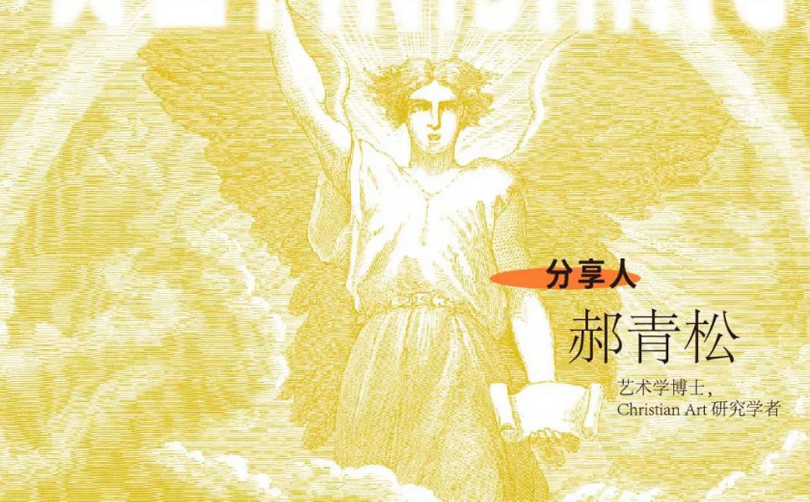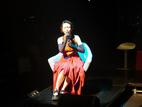On June 26, an art salon titled "The Finishing of the Kingdom: Exploring Eschatological Hope in Christian Art" was broadcast live, attracting more than 300 participants.
The event, which featured art critic Dr. Hao Qingsong, was hosted by the AGAPASS platform.
The focus of the salon was the theme of "Eschatological Hope in Christian Art." Dr. Hao presented his insights through six sections: "The Narrow Gate of Life," "The Prophets' Prophecies," "The Promise of Salvation," "The Final Judgment," "New Heaven and New Earth," and "Already but Not Yet." Each section was enriched with relevant scriptures and examples of artwork, spanning the biblical narrative from Genesis to Revelation. Dr. Hao illustrated the journey from the fall of Adam and Eve to the salvation offered by Jesus Christ, culminating in the hope for a new heaven and a new earth. In his conclusion, Dr. Hao emphasized how we should navigate our lives in these "last days," encapsulated in the concept of "already but not yet."
At the start of the event, Dr. Hao shared an insight: art is a means through which God has shaped our world, and He has imbued the world with art as a means for humanity to praise and engage in dialogue with Him.
He also addressed a misconception—that all art can be classified as Christian art simply because everything is created by God. Dr. Hao clarified his perspective on Christian art, stating, "Christian art is specifically connected to the Christian faith and is grounded in biblical truth, which serves as the foundation of that faith."
"Christian art, rooted in the truths of the Bible, serves as a profound artistic expression of the Christian faith and, by extension, of theology itself." The theme of this event centers on the artistic representation of eschatology within systematic theology.
In contrast to previous exhibitions that predominantly showcased paintings depicting biblical narratives and religious themes, the artworks featured in this event emphasize scenes from everyday life. For instance, Mark Wallinger's "Threshold to the Kingdom" transforms the international arrival gate of London Airport into a portrayal of Judgment Day. Just as travelers undergo inspection before entering a new country, this artwork evokes the concept of final judgment at the Second Coming of Jesus Christ.
Similarly, Pieter de Hooch's oil painting "Woman Lacing Her Bodice Beside a Cradle" captures a woman engaged in her daily routine, symbolizing how Christians can testify to their faith in the ordinary moments of life. It reminds Christians that we have the free will to pursue the promise of a new heaven and a new earth or to squander our lives in the distractions of greed, pride, and conflict. This painting encourages believers to live faithfully, filled with joyful anticipation for Christ's return, in response to God's grace.
In another piece, Camille Pissarro's "Apple Harvest" depicts four workers laboring in an apple orchard on a sunny day, symbolizing the reception of God's grace as a bountiful harvest: "The Lord will make us prosperous, and our land will produce rich harvests." The painting inspires Christians to hold onto hope and faith in God's promises, urging them to lead joyful and orderly lives grounded in a grace that is both already and yet to be.
Originally published by the Christian Times
- Edited by Karen Luo and translated by Joyce Leung












